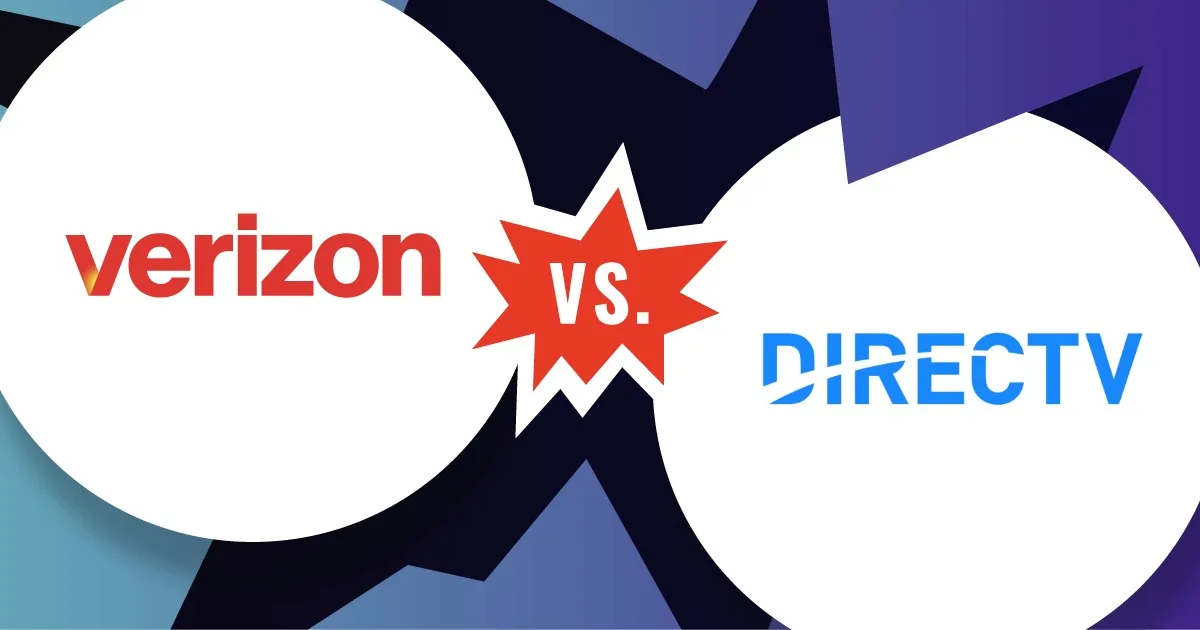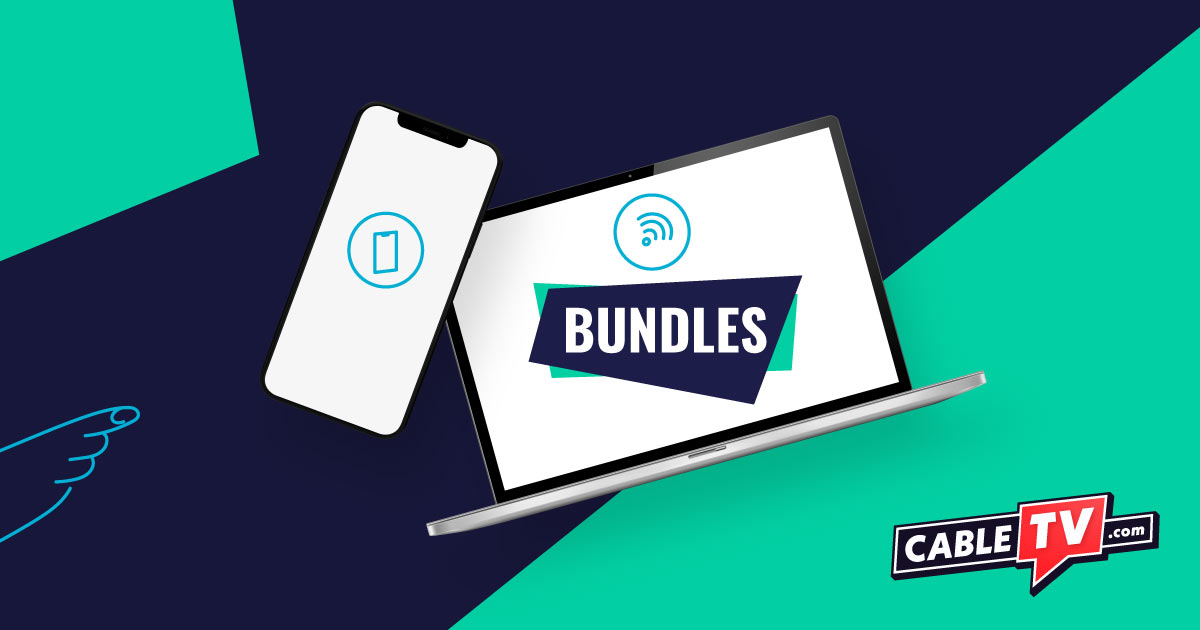OLED (organic light-emitting diode) display screen technology hits organic carbon molecules on a glass or plastic base with electricity, causing the panel to light up in different patterns and colors to create the crisp images you see on your TV.
OLED TV panels beat LED and QLED displays in picture quality and viewing angles (so there’s never a bad seat in the house), plus space-saving thin profiles. But quality has a price—OLED TVs are also top-of-the-line in cost. So there’s lots to consider before buying.
What’s the difference between OLED, LED, and QLED TVs?
Generally, OLED and QLED are just variations of standard LED technology. OLED screens offer the best picture quality and viewing angles. QLED screens have the brightest, best colors, while LED screens have the best prices.
To further satisfy your curiosity, here are the vital stats on all three TV display types. (Spoiler alert: OLED is best.)
| Display type | Price | How it works | Pros | Cons | Details |
|---|---|---|---|---|---|
| OLED TV | $$$ | Organic carbon molecules light up when hit with electricity, producing an exceptional image. | View on Amazon | ||
| LED TV | $$ | A base of light-emitting diodes (LEDs) shines from behind an LCD (liquid crystal display). | View on Amazon | ||
| QLED TV | $$ | A layer of quantum dots greatly extends the display’s color range for a more vibrant picture. | View on Amazon |
CableTV.com uses paid Amazon links. See full discalimer.
How much are OLED TVs?
OLED TVs usually cost about $1,000–$3,000. OLED display screens are premium technology, so they still have premium costs, though they’ve dropped a lot since they went on the market in 2013.
Since LG Electronics is really the only brand making OLED technology (other companies use LG display tech), there’s not a lot of competition to lower costs, either. But LG TVs have more OLED options at a variety of prices, so be sure to shop around before buying.
For your shopping convenience, we’ve listed some of the best OLED TVs, including LG OLED TVs.
*Amazon.com Price as of 6/20/22 10:05 a.m. PDT. Read full disclaimer. CableTV.com uses paid Amazon links.
All of these OLED televisions include essential modern tech like Dolby Vision, 4K Ultra HD resolution, and high-dynamic range (HDR) processors—everything you need to get the best possible image on your screen—plus some type of voice control. Also, gamers and sports fans will love that all three TVs have 120Hz refresh rates to decrease motion blur.
These are also smart TVs, so they connect with the internet and smart tech, meaning you can connect directly to streaming services without any extra equipment and control the TV with your voice.
Is OLED TV worth buying?
OLED TVs have the best picture quality, best viewing angles, infinite contrast ratios, true blacks, and—on some models—very thin profiles. So, while OLED TVs aren’t as bright as LED or QLED TVs, and are more expensive than both, they’re well worth the investment. We’ll learn more about OLED features in the following sections.
What are “black levels?”
OLED display screens can go truly black, whereas LED screens just get close. While almost-black is fine and nice, true black means stronger contrast, which improves your viewing experience.
How does true black work? Well, with LED display screens, the backlight always shines a little bit, even when the screen goes black. But in OLED TVs, each pixel reacts and creates light on an individual level. So when part of an OLED panel goes black, it’s because those pixels are producing no light whatsoever—it’s truly black.
Can OLED TVs really have an infinite contrast ratio?
Since OLED screens, unlike LED screens, go truly black, they can have an infinite contrast ratio. In theory, this means that OLED displays have crisper, sharper image quality—but this is really only noticeable in darker rooms.
That said, OLED displays colors are still bright and do just fine in a well-lit room.
Are OLED screens physically different from LED screens?
If the size or weight of a TV is important to the design of your home entertainment center, OLED screens definitely offer more flexibility than LED or QLED TVs—literally, in some cases.
OLED screens are much thinner because they don’t require the extra backlight of LED and QLEDs. They’re also lighter and much more flexible, so you can hang them or sit them anywhere you want—even on a curved wall, creating a really sweet aesthetic.
How do OLED TV screens enhance viewing angles?
OLED TVs have the best viewing angles because their pixels shine in all directions, which almost completely eliminates color, contrast, and light degradation at extreme viewing angles. So wherever you’re sitting (as long as it’s not behind the TV), the image won’t have weird shadows or lighting differences that ruin your viewing experience.
This is particularly helpful in rooms where your seating options aren’t directly facing the screen—everyone in the room gets to appreciate the color contrast in a Star Wars Jedi battle, no matter where they sit.
Do you need TV service to go with your sweet new OLED TV? Enter your zip code below to see which TV providers serve your area.
Is OLED better for your eyes?
Since OLED TV emits less blue light than other display screens and doesn’t use a backlight, it is safer for your eyes. But it’s still smart to listen to Mom and not to sit too close to the screen.
Is OLED better than 4K?
OLED display screens and 4K resolution are two different things, so one can’t be better than the other. OLED is screen technology that allows for better picture quality, and 4K is the highest resolution available for visual media. So both contribute to an OLED TV’s overall superior picture quality.
Final take
OLED display screens can take your TV experience to the next level, making them an excellent choice that can offer you a lot more than your typical LED screen—if you’re willing to pay a premium price for it (and we would be).
Disclaimer
Product prices and availability are accurate as of the date/time indicated and are subject to change. Any price and availability information displayed on Amazon.com at the time of purchase will apply to the purchase of this product. CableTV.com utilizes paid Amazon links.
CERTAIN CONTENT THAT APPEARS ON THIS SITE COMES FROM AMAZON. THIS CONTENT IS PROVIDED ‘AS IS’ AND IS SUBJECT TO CHANGE OR REMOVAL AT ANY TIME.








